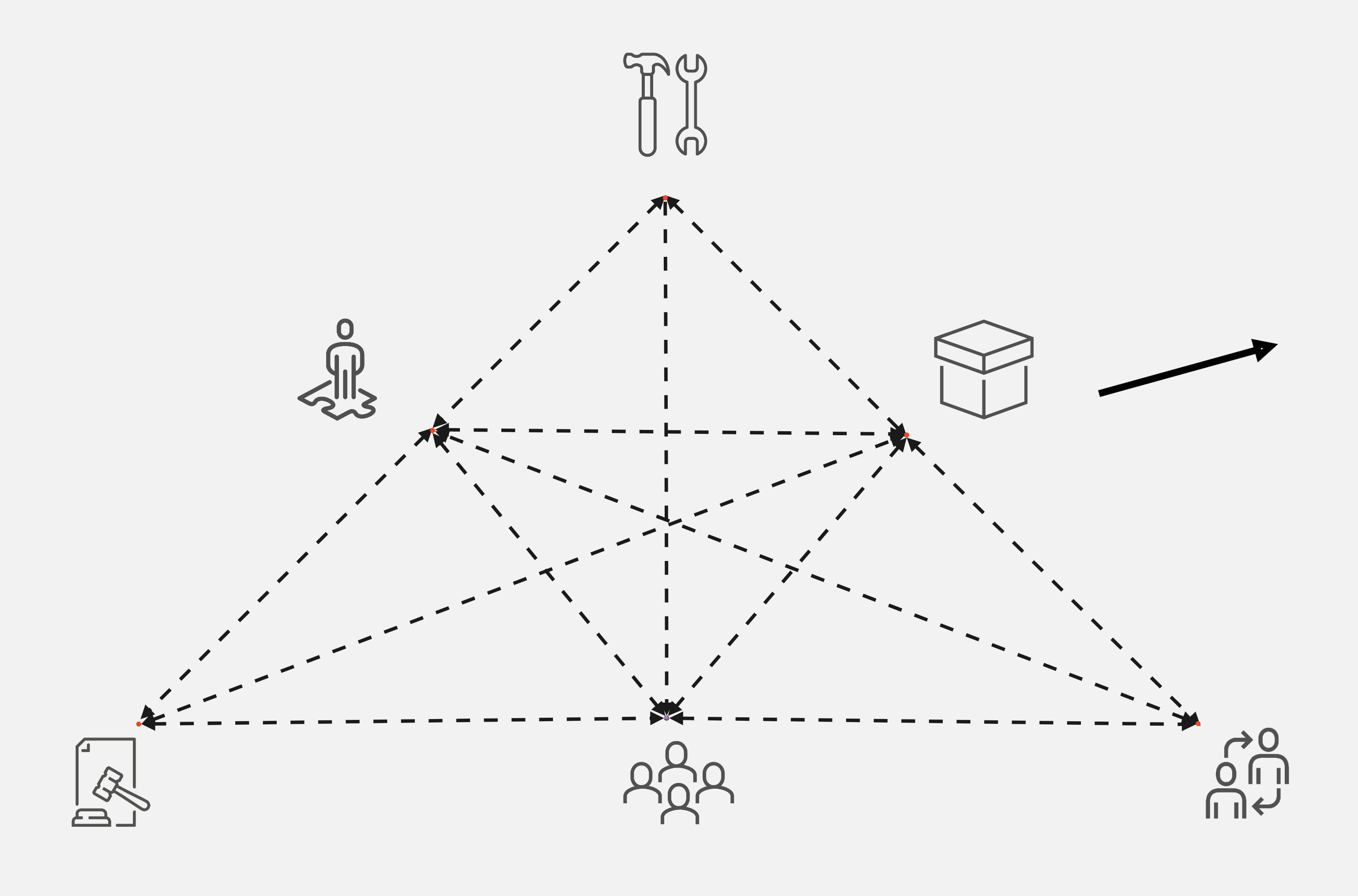· 2 min read
AI and the ID process
Where does AI fit into the instructional design process

AI can revolutionize eLearning storyboarding across multiple stages, transforming it from a linear process to a dynamic, iterative, and pedagogically sound one. Here’s a breakdown of how AI can be used:
- Scripting and Narrative Development:
AI-powered Script Generation: AI tools can assist in generating initial drafts of scripts based on learning objectives, target audience, and desired tone. They can brainstorm different narrative structures, suggest dialogue options, and even write scenes, freeing up instructional designers to focus on refinement and pedagogical effectiveness. Automated Rephrasing and Text Optimization: AI can rephrase on-screen text to improve clarity, conciseness, and engagement. It can adapt language to different learning styles and reading levels, ensuring accessibility for all learners. 2. Story Flow and Coherence Analysis:
Theme and Concept Detection: AI can analyze the entire storyboard script to identify recurring themes and concepts, ensuring consistency and a logical flow of information. It can flag areas where the narrative might be redundant or where key concepts are missing. Gap Analysis: By comparing the storyboard content against the outlined learning outcomes and objectives, AI can identify potential gaps in the learning experience. It can highlight areas where the content doesn’t adequately address specific learning goals. 3. Pedagogical Alignment and Evidence-Based Design:
Learning Theory Mapping: This is a crucial application. AI can be trained on various evidence-based learning theories (e.g., cognitive load theory, constructivism, social learning theory). It can then analyze the storyboard and assess its alignment with these theories. Justification and Recommendations: AI can provide detailed explanations of how the storyboard elements align (or don’t align) with specific learning principles. It can offer suggestions for modifications that would improve the pedagogical effectiveness of the content, such as incorporating interactive elements to promote active learning or scaffolding content to reduce cognitive load. In essence, AI can act as a powerful assistant throughout the storyboarding process, offering:
Efficiency: By automating tasks like script drafting and text optimization. Consistency: By ensuring the narrative is coherent and aligned with learning objectives. Pedagogical Soundness: By mapping the content against learning theories and providing evidence-based justifications. This allows instructional designers to focus on their creative and strategic expertise, while AI handles the more technical and analytical aspects, ultimately leading to more effective and engaging eLearning experiences.



